Articles
-

Understanding Crémant
Crémant stands as a French example of how outstanding sparkling wine can be made outside the Champagne region. The term refers to quality traditional-method sparkling wines that are protected by appellation and produced in specific regions under detailed rules. In France, the Crémant producers’ federation brings together eight AOPs (L’Appellation d’origine protégée): Alsace, Bordeaux, Bourgogne,…
-
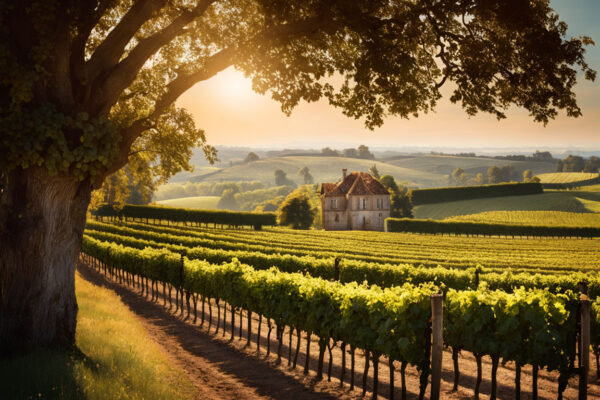
Understanding Cru Bourgeois du Médoc
Building upon the my previous article on Understanding Bordeaux Wines, this piece looks into the world of Cru Bourgeois du Médoc, a classification that offers high-quality yet accessible wines from Bordeaux’s Left Bank. The term Cru Bourgeois has historical roots that trace back to the Middle Ages. During this period, the term “bourgeois” referred to…
-
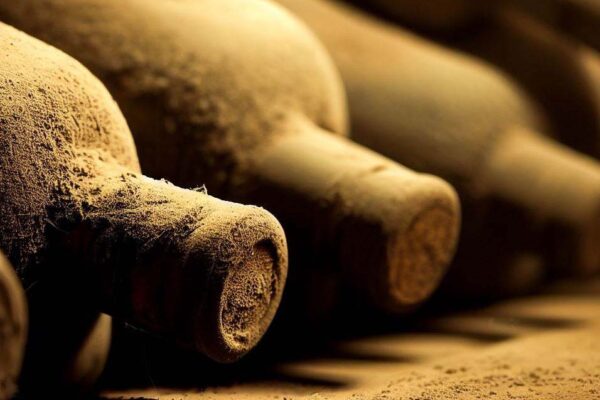
Drink Everyday Wines Now or Save for Later? Everyday Wines That Can Age
Most wine on the shelf today isn’t made to last. It’s made to taste bright, juicy and ready the moment you get it home. Whites in particular are rarely designed for cellaring. If you’ve bought a simple Pinot Grigio, an unoaked Chardonnay, a typical supermarket Sauvignon Blanc or a fresh rosé, the safest plan is…
-

Understanding Fairtrade Wine
Fairtrade wine carries the FAIRTRADE Mark licensed by the Fairtrade Foundation in the the UK, an arm of Fairtrade International. That mark tells you the grapes were grown and traded to Fairtrade Standards, with protections on price and workers’ rights and with an extra, ring-fenced community payment called the Fairtrade Premium. In wine this matters…
-
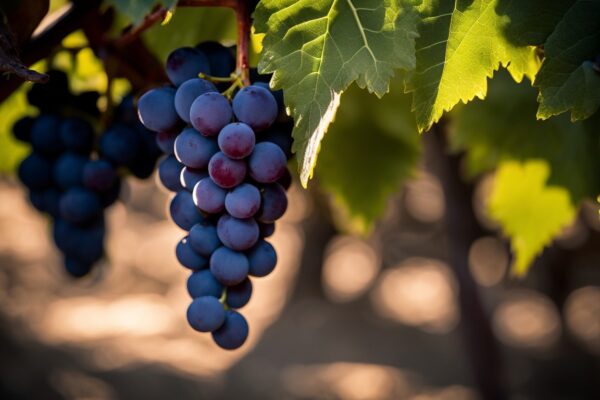
Fast Track Guide to What Makes Wine Taste the Way It Does
At a high level, what you taste in a wine comes from three places: the grapes and their fermentation (primary aromas and flavours), the choices made after fermentation (secondary, such as oak, malolactic and lees) and the effects of maturation and age (tertiary). Thinking in these three layers helps you separate where specific notes and…
-
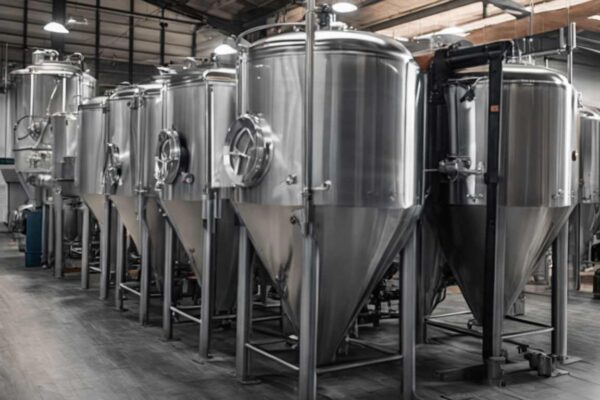
Understanding Micro-oxygenation (MOX)
If you are keen to better understand how winemaking influences what ultimately ends up in your glass, you can gain some insights from exploring the topic of micro-oxygenation, or MOX, a carefully controlled technique used in red winemaking to manage oxygen exposure with precision. MOX is not about simply letting air into the wine but…
-
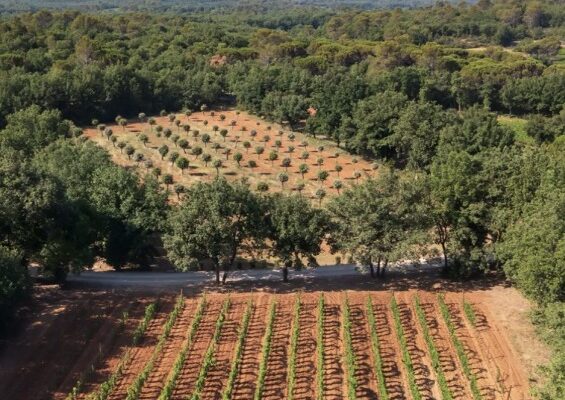
Understanding Provence Rosé
History Provence, located in the sun-drenched south of France, is globally renowned for producing some of the finest rosé wines. Its legacy in winemaking stretches back to 600 BC with the founding of Marseille and the planting of the region’s first vineyard. Over the centuries, wine production in Provence evolved under the influence of monasteries…
-

Understanding Champagne
Champagne, the world’s most celebrated sparkling wine, has captivated connoisseurs for centuries with its effervescence, complexity and prestige. This sparkling wine has evolved from humble beginnings to become a global symbol of celebration and luxury, with a rich history, distinctive production methods and diverse styles that continue to evolve to meet contemporary challenges and tastes….
-
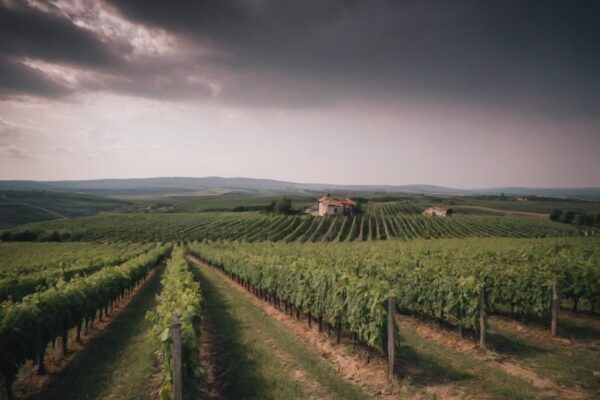
Understanding Bulgarian Wines
Bulgaria encompasses six thousand years of winemaking tradition, now blending ancient heritage with modern innovation. It cultivates both native varieties and international grapes such as Cabernet Sauvignon and Chardonnay. With over 90% of production exported to markets across Europe, Asia and North America, Bulgaria’s is experiencing a resurgence as a competitive force in the global…
-

Understanding South African Wine
South African wine, with its rich heritage dating back to the 17th century, has evolved into a dynamic industry renowned for its diverse terroirs and innovative winemaking. The country’s wine regions, clustered primarily in the Western Cape, produce a wide array of styles, from robust reds to crisp whites, underpinned by unique grape varieties such…
-
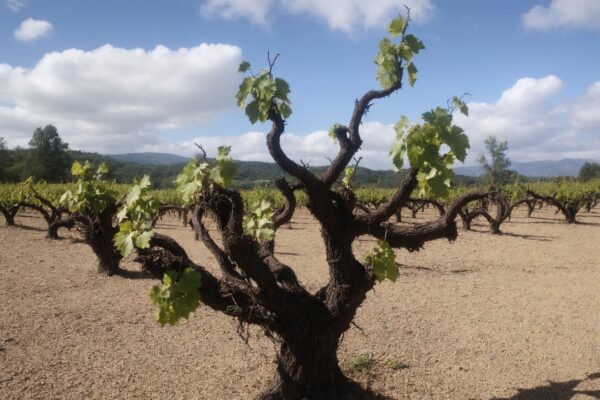
Understanding Old Vines
Old vines have long captivated the imagination of wine enthusiasts and producers alike, often associated with wines of exceptional quality and character. But what exactly constitutes an ‘old vine’ and do these venerable plants truly produce superior wines? This aspect of viticulture is both intriguing and complex, requiring an understanding of the term itself and…
-
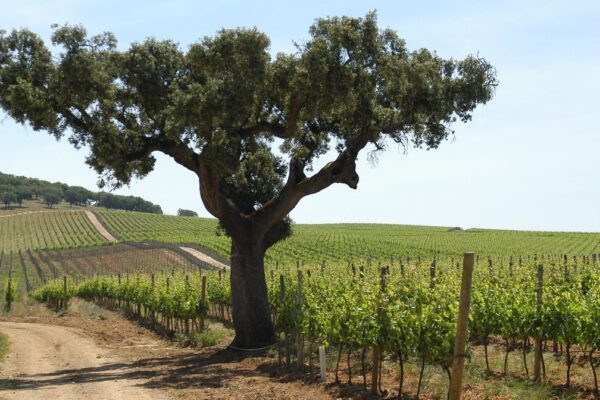
Understanding Wines of Alentejo, Portugal
This region blends age-old practices with modern techniques, producing wines that are highly regarded both in Portugal and across the globe. The geography of Alentejo is marked by rolling plains, varied soil types and a Mediterranean climate. Soils such as schist, clay, granite, marble and limestone provide the perfect foundation for grape cultivation. The predominantly…
-
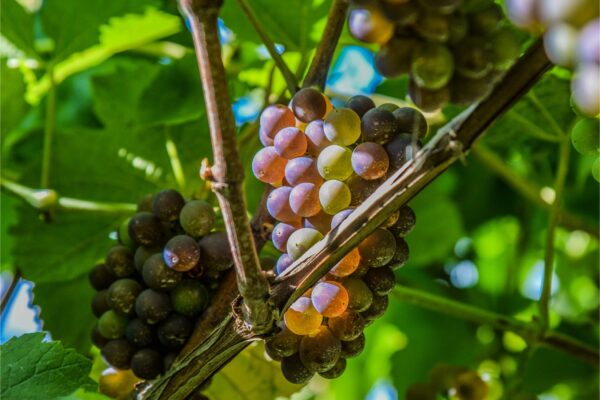
Understanding Pinot Grigio
Pinot Grigio, also known as Pinot Gris, has become one of the world’s most popular grapes for white wines. This versatile grape variety produces wines ranging from light and crisp to rich and full-bodied, appealing to a wide range of consumers. Despite the often disdainful attitude towards it from wine aficionados, Pinot Grigio has established…
-

Understanding Greek Wines
Greek wines have a rich history dating back thousands of years, with a diverse array of grape varieties, wine regions and styles that are gaining increasing recognition on the global stage. White wines make up about 60% of total production, while red wines account for about 40%. Greece has a significant number of wineries, ranging…
-
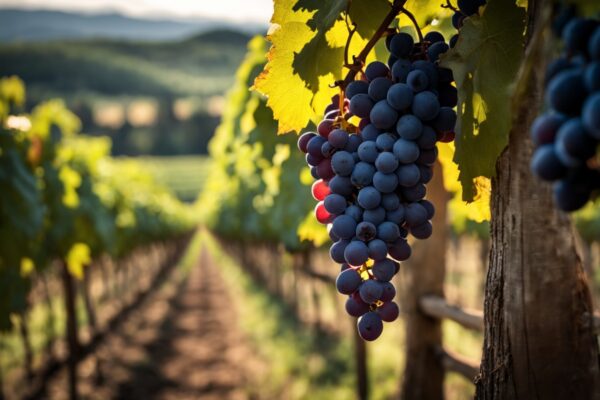
Understanding Pinot Noir
Pinot Noir is a captivating red wine that transcends its reputation as merely a lighter red option. The name ‘Pinot Noir’ derives from the French words for ‘pine’ and ‘black’, referring to the grape’s tightly clustered, pine cone-shaped bunches and dark skin. This noble grape variety thrives primarily in cooler climates, with its spiritual home…
-
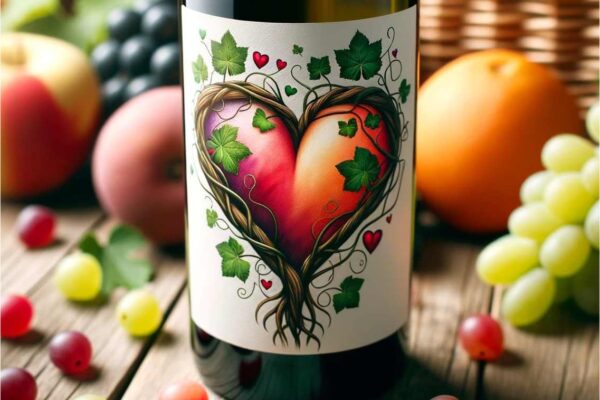
Wine and Health
Recent declines in wine consumption have been linked to growing public health concerns, particularly those raised by the World Health Organisation (WHO) who have increasingly voiced concerns about alcohol consumption, culminating in a statement declaring that there is “no safe level” of alcohol consumption. This message reflects the influence of public health campaigns and some…
-
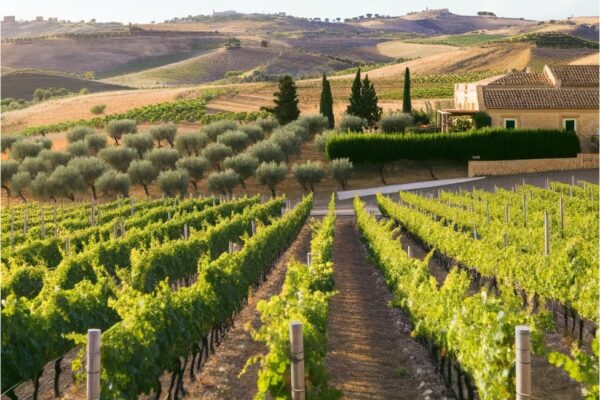
Understanding Sicilian Wines
Sicily, the largest island in the Mediterranean, is not only known for its rich history and stunning landscapes but also for its vibrant and diverse wine culture. The Controlled Designation of Origin (DOC) for Sicilian wines was established on 22nd November 2011. Wine Regions of Sicily Sicily’s main wine regions can be broadly divided into…
-
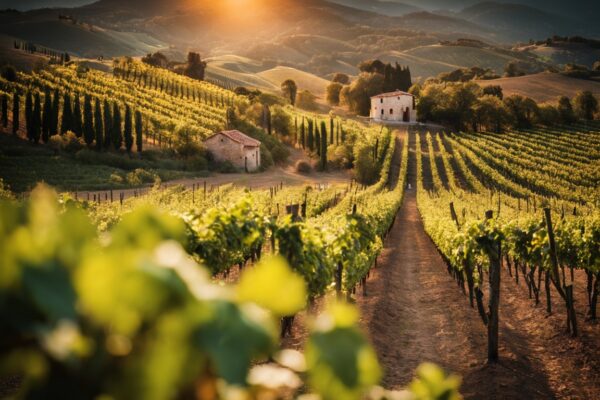
Understanding Italian Wines
Italy’s wine is an intricate tapestry woven from centuries of tradition, regional diversity and a large number of grape varieties. Each of Italy’s 20 regions offers a unique contribution to the country’s vast and varied wine portfolio: In 2022, Italy was the world’s largest wine producer accounting for nearly one-fifth of the global wine supply….
-
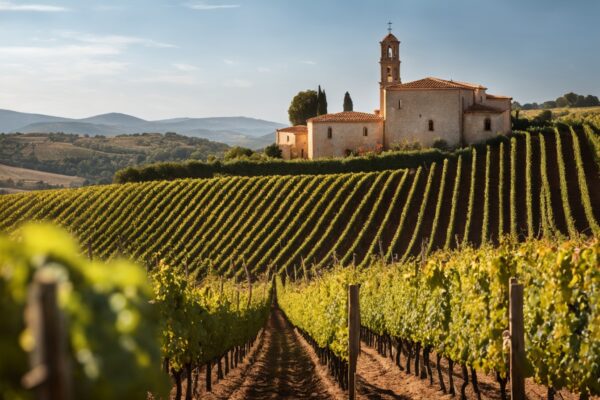
Understanding Spanish Wines
Spain is one of the world’s largest wine producers, consistently ranking within the top three countries, with an annual production that typically exceeds 30 million hectolitres. The country’s vast vineyard area, the largest in the world, allows for a wide range of wine styles, influenced by the varying climates and soils across different regions. The…
-

Understanding Bordeaux Wines
Located in the southwest of France, Bordeaux is renowned for its vast vineyards and historically significant châteaux. As the largest French region for quality wine production, Bordeaux’s influence stretches across centuries, shaping the taste and expectations of wine enthusiasts around the world. The Bordeaux wine industry is comprised of approximately 5,000 winemakers and 29 cooperative…
Did You Know?
For Crémant, grapes must be harvested by hand and the wines must undergo at least nine months’ ageing before release. More
In 2024, the UK was the second-largest export market for Champagne globally, after the United States. More
Local UK bottling of wine represents about 40% of imported wine. More
Around 1% of people, typically severe asthmatics, have a sulphite sensitivity. More
A large 80% of Australian wine arrives in the UK in bulk. More
Only about 0.02% of Australia’s landmass is dedicated to vineyards. More
In 2024, New Zealand produced only 1% of the World’s wine. More
In 2024, the US imported 37% of World production of Pinot Grigio and the UK was is in second place at 27%. More
In 2024, the UK was South Africa’s largest export market, with 40% of total exports. More
In 2024, the United Kingdom imported 22.3 million bottles of Champagne, a decline of 12.7% compared to the previous year. More
Larger Champagne producers source grapes from as many as 80 different vineyards throughout Champagne. More
Champagne houses and growers collectively produce around 300 million bottles annually. More
In 2025, the Champagne region was home to about 2,124 Champagne houses and approximately 19,000 growers. More
Provence is one of the leaders in the conversion to organic viticulture, with 61% of vineyards certified. More
8% of the South Africa’s grape production is Fairtrade-certified. More
Up to 80% of wine aroma compounds come from grape skins. More
Glycerol is the third-largest component of most dry wines after water and alcohol which is why they so often feel ‘smooth’ or ‘silky’ in the mouth. More
Humans are more than 400 times more sensitive to bitter than sweet. More
Humans can detect the earthy molecule geosmin at about 100 parts per trillion and camels are so sensitive to it they can locate damp ground from roughly 50 miles away. More
During the phylloxera crisis of the nineteenth century, 90% of Europe’s vineyards were destroyed. More
In 2025, for La Vieille Ferme, also known as “The Chicken Wine”, sales surged by 49.4% to £110.8 million. More
In 2025, in the UK, Yellow Tail held the top position with sales, marking a 9.8% increase over the previous year. More
In 2024, the UK was the second-largest wine importer in volume and value. More
In 2024, the UK was the fifth-largest wine-consuming country globally. More
In 2025, global wine consumption continued its downward trend, estimated at 214.2 million hectolitres, the lowest since 1961. More
In 2025, online alcohol sales had a 20% increase in value over five years. More
In 2025, the number of UK vineyards rose to 1,104 and wineries to 238, with land under vine expanding to 4,841 hectares, a 510% increase since 2005. More
Moët Hennessy alone commands nearly 46.66% of the Champagne market, with the top three producers together holding about 61%, and the top five controlling over 72%. More
In 2024, the Champagne market was worth roughly €3.92 billion. More
In the marketing year 2023/24, white wine accounted for roughly 55% of Spain’s output, whereas red and rosé together made up about 45%. More
In the UK, 92% of wine is consumed within 48hrs of purchase. More
The majority of wines, 95%, use commercial rather than wild yeast. More
Between 0.5 and 10 litres of water, per litre of wine, are needed for cleaning during winemaking. More
Machine harvesting can achieve up to 100 tons of fruit per day vs 1 ton for a human. More
In Germany, 2025 was the smallest wine vintage since 2010. More
The majority of vineyards, 90% in 2019, are farmed with heavy chemical interventions. Only 6% are organic. More
90% of low and coastal areas in south Europe and California will no longer be able to produce good wine by the end of the century. More
Tools
Recent
-
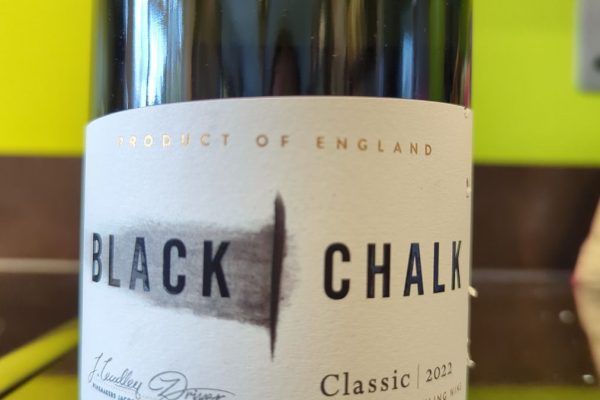
Black Chalk Classic
-

Journey’s End Sir Lowry Cabernet Sauvignon
-

Best from The Global Wine Masters 2025
-
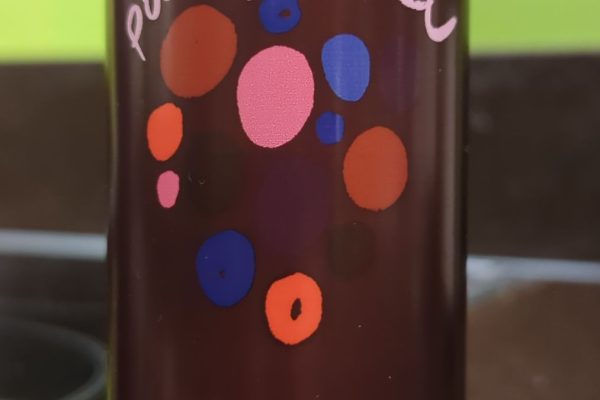
Poulsard Fruitiere Vinicole D’Arbois
-
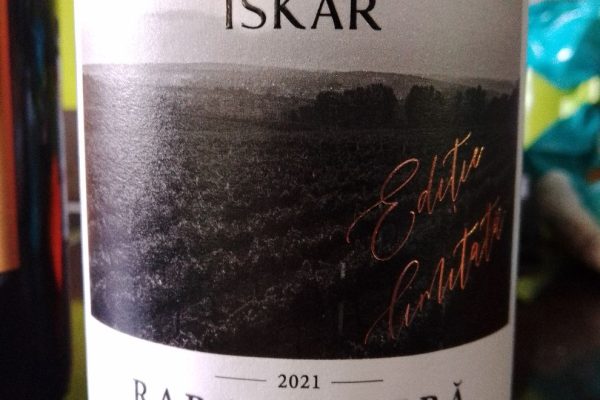
Iskar Rară Neagră
-

The Bibendum Wine Trend Report and What it Means for UK Wine Lists
-
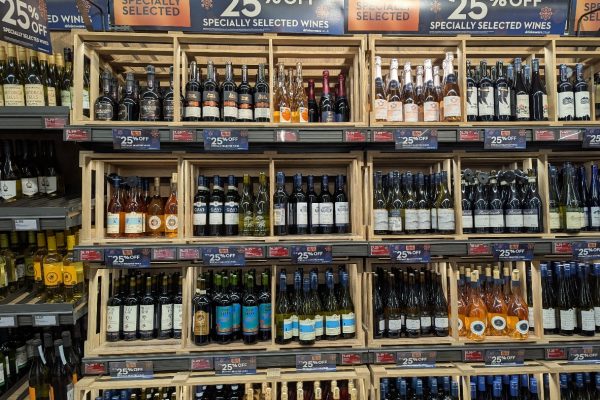
25% Off Specially Selected Wine at Aldi
-

Moillard Crémant de Bourgogne Chardonnay
-

Light Strike Can Cause Wine Degradation in Just One Day
-

Château Méaume Matured Bordeaux Supérieur
Tags
25% Off Wine Aldi Amarone Argentina Articles Asda Australia Award Awards25 Bibendum Bizarre Blog Books Bordeaux Cabernet Sauvignon Carménère Cava Champagne Chardonnay Chile Climate Change Coop Costco Decanter Duty English Wine EPR Events Fairtrade Food France Furmint Germany Glossary Greece Headaches Health Hungary Italy IWSC Jeroboams Laithwaites Legislation Liberty Wines Lidl Low Alcohol M&S Majestic Malbec Merch Merlot Morrisons Natural News New Zealand Non-Alcoholic Ocado Old Vine Organic Past Tastings Pinotage Pinot Noir Port Portugal Primitivo Prosecco Regulations Reviews Ribera del Duero Riesling Rioja Ripasso Rose Sainsbury's Saperavi Sauvignon Blanc Shiraz Sicily South Africa Spain Sparkling Supermarkets Sustainable Tax Terroir Tesco The Wine Society Unrepresented USA Valpolicella Vinho Verde Virgin Wines Waitrose Wanderlust Welsh Wine What to Buy Wine Art WineGB WIne Glasses Zinfandel



